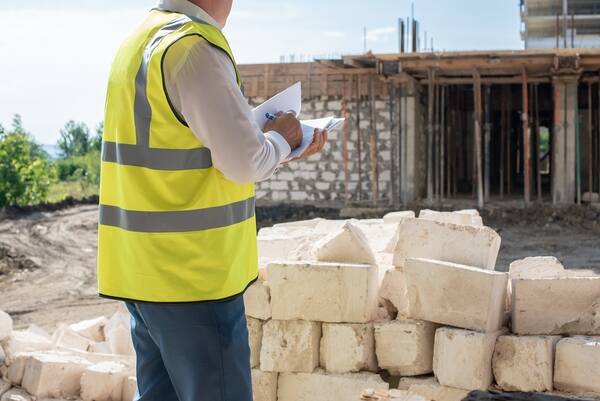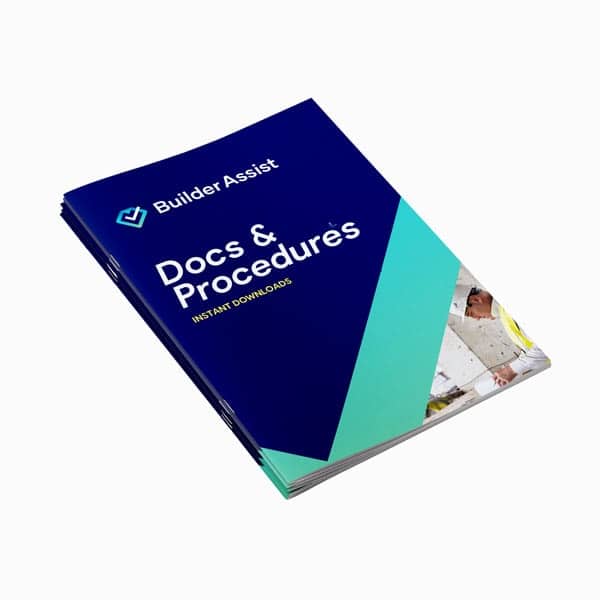
A Construction Management Plan outlines the scope, aims and workings of a construction project. It acts as the key document for the Project Team, statutory authorities and other stakeholders.
Local Councils recognise that careful management of excavation, demolition and construction are paramount to ensuring that adequate levels of amenity are preserved for residents and other stakeholders.
The objective of a Construction Management Plan (CMP) is to plan ahead for the building phase of a development in order to minimise the impacts on:
- Neighbours;
- Nearby residents;
- Users of public footpaths, roads, bike paths and reserves;
- Traffic flow within the surrounding street network;
- Public parking within the vicinity of the site; and
- Trees on and surrounding a development site.

A Construction Management Plan helps builders plan for potential interruptions to traffic and impacts on the surrounding environment.
What is incorporated in a Construction Management Plan (CMP)?
Council requires developers to prepare a CMP under certain circumstances that address the following matters where relevant:
- Noise associated with machinery;
- Noise associated with voices/workers/radios;
- Airborne dust;
- Sediment laden runoff along roads, drains, footpaths;
- The effectiveness of wash bays in regards to trucks pulling mud sediment out onto roads, tram tracks etc;
- Damage to assets such as roads, laneways, footpaths, road reserves;
- Building waste on public land (road reserves, footpaths, laneways);
- Onsite building waste, rubbish and debris, unsightly sites, toilets;
- Vermin associated with on-site building waste;
- Impact of lane closures on access for other road users;
- Impact of builders vehicles on parking on existing road networks including illegally parking;
- The impact of heavily vehicle movements to and from development sites;
- The operation of cranes; and
- Construction hours.
Construction Management Plans must be submitted to Council for approval and the measures carried out to Council’s satisfaction.
Construction Management Plan (CMP) thresholds
A Construction Management Plan may be required to address potential amenity disturbance issues during construction, when one or more of the following apply:
- The number of proposed dwellings or accommodation (eg. aged care facility) equals 10 or more;
- A basement is proposed, which requires substantial site excavation;
- A building three-storeys or greater in scale is proposed to be constructed in a commercial or residential area or is associated with an institutional use;
- The construction site abuts a main road; and
- There are specific construction matters to address, such as the site being constrained by limited access.
These criteria are not exclusive and most Councils reserve the right to exercise discretion when determining if and when the requirement for a Construction Management Plan is applied to a development.
The requirement to prepare and submit a Construction Management Plan to Council for approval will be included as a condition of a Development Approval / Planning Permit.
How should Construction Management Plans be used?
All Construction Management Plans are required to address public safety and amenity as well as operating hours, noise, air and dust management, stormwater, sediment control, waste storage and traffic management.
It is suggested that all builders and developers who intend to undertake work consult with various stakeholders, neighbours and affected property owners as part of the planning permit process. In addition, it is suggested that additional consultation before and during the construction period is carried out to ensure local residents and stakeholders are informed of the type and nature of works and measures to be undertaken to address potential impacts on the local area.
Successful methods of consultation can include the production and distribution of project updates and newsletters, community forums and site tours. This proactive approach is beneficial in ensuring potentially affected parties are kept informed of upcoming activities and are aware of potential impacts this will have on local amenity. It gives the community a sense of cooperation and understanding with the project(s) as well as limiting complaints.
Where to find a Construction Management Plan template
Builder Assist have developed a compliant Construction Management Plan, written and certified by industry experts. It is easily downloaded and customisable to your specific project.
If this isn't what you're looking for, you can search our Builders documents here.




